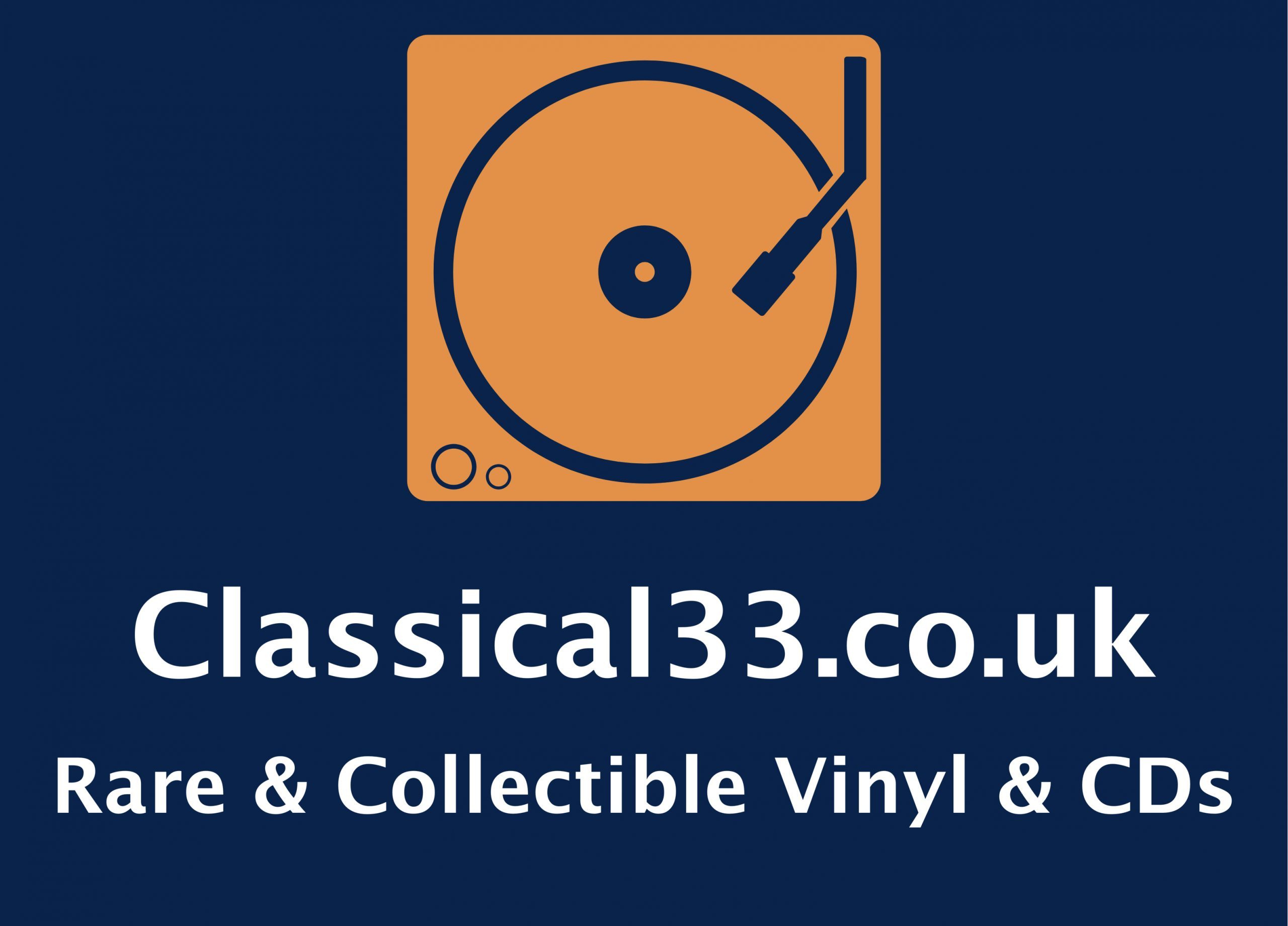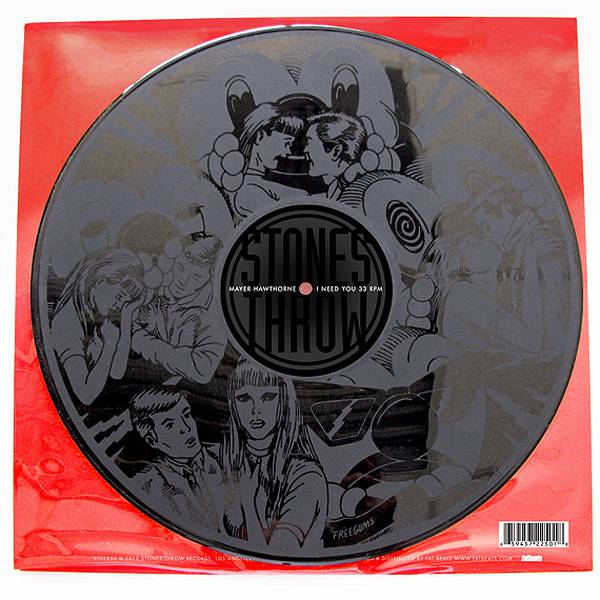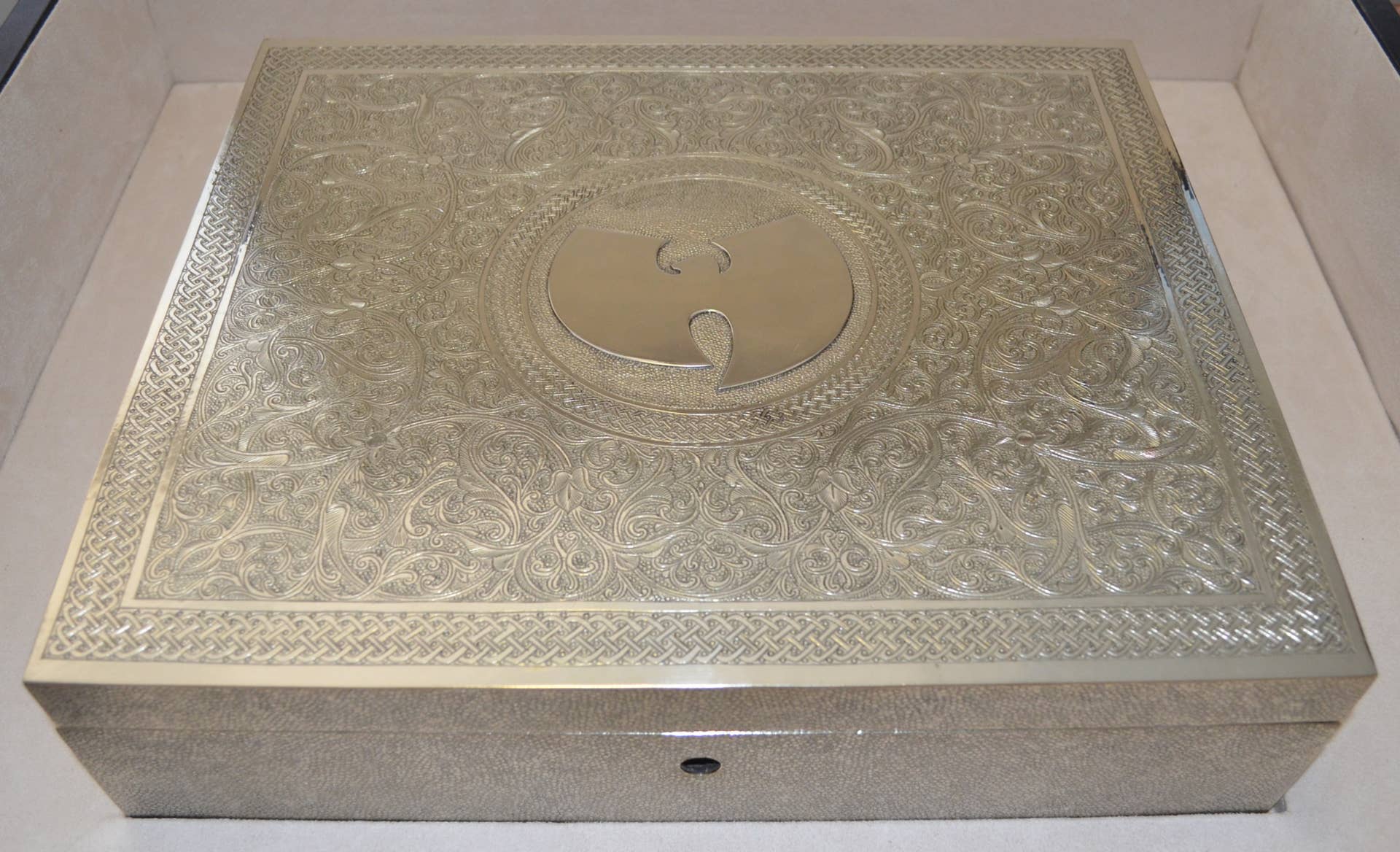
In the realm of art, where creative expression knows no bounds, a unique and compelling trend has been gaining momentum: using vintage record covers as artwork. These visual gems, originally designed as gateways to musical worlds, have evolved into standalone masterpieces that speak to our collective longing for a bygone era. This investigative and insightful exploration delves deep into the world of vintage record covers as a distinct form of art, unpacking their resurgence, cultural significance, and the artists who have turned them into iconic canvases.
The Renaissance of Vintage Record Covers
The renaissance of vintage record covers as art is a testament to human nostalgia, a desire to rekindle memories of simpler times when music was something tactile, something to hold, cherish, and admire. As the digital era continues to dominate music consumption, a growing number of artists, collectors, and enthusiasts are finding solace in these tangible and visually captivating relics.
What’s particularly fascinating about using vintage record covers as art is the merging of past and present. These record sleeves, artifacts of a musical history, are being revived by contemporary artists who reimagine them as both visual and nostalgic experiences. Record covers are now celebrated as integral elements of artwork, drawing us into the stories they hold and the histories they’ve witnessed.

Cultural Significance and the Art of Remembering
Vintage record covers evoke a sense of cultural memory, beckoning us to revisit the past. They serve as portals to different eras, allowing us to connect with the cultural movements and societal shifts that were underscored by the music of their time.
The artwork adorning vintage record covers is often a reflection of the zeitgeist. It mirrors the prevailing artistic, social, and political influences of its era, from the psychedelic and colourful designs of the 1960s to the minimalist aesthetics of the 1980s. These covers were meticulously crafted by artists and designers, ensuring that each one’s visual identity was as memorable as the music within.
Generation Z Leading the Revival
New generations are learning to appreciate these timeless masterpieces, appreciating their incredible aesthetic appeal while understanding their artistic merit.
Many understand that physical media is fast disappearing and that the opportunity to own these items is quickly waning as collectors gobble them up.
Flats and apartments in the trendiest neighbourhoods are quickly becoming home to vintage album covers carefully stored behind frames and protective glass.

The Intersection of Sound and Vision
Vintage record covers as art offer a unique intersection of music and visual expression. They blur the lines between auditory and visual experiences, providing viewers with a multi-sensory journey. By combining sound and visual elements, these artworks intensify the emotional resonance of both mediums.
Collaborations between visual artists and musicians have become more prevalent, with the creation of limited edition vinyl releases where the artwork and the music complement and enhance each other. These collaborations bridge the worlds of sound and visual art, turning vintage record covers into interactive and dynamic canvases.
Collectors and Connoisseurs
A vibrant community of collectors and connoisseurs is dedicated to the appreciation and preservation of vintage record covers as art. They value not only the visual aesthetics but also the historical and cultural significance of these relics. Each vintage record cover tells a unique story, and collectors revel in the thrill of discovering rare and obscure releases.
Collectors and enthusiasts celebrate the immersive quality of this important part of musical history vinyl format.

Challenges and Preservation
Despite the growing popularity of vintage record covers as art, challenges persist. The scarcity of certain record covers, particularly those with historically significant artwork or limited editions, can make them prohibitively expensive. Additionally, the fragility of vintage record covers and their susceptibility to wear and tear means that preserving these unique artworks requires vigilance and care.
However, these challenges have not deterred artists, collectors, and enthusiasts. They recognise the potential of vintage record covers as art to transcend these limitations and continue to explore new and innovative ways to celebrate this medium.

Conclusion: Resonating with the Past and Present
Vintage record covers as art represent a harmonious bridge between past and present, paying homage to the rich history of recorded music while expanding the boundaries of artistic expression. In a digital age where the physicality of art is often lost, the resurgence of vinyl record covers as a medium for creative exploration is a testament to our enduring connection with tactile art and the resonant power of the past.
The cultural significance, nostalgia, and the artists and collectors driving this movement reveal the profound impact of vintage record covers as art. This convergence of sound and image reimagines an age-old format, breathing new life into these vinyl canvases. As the art world continues to evolve, vintage record covers stand as a living testament to the enduring strength of artistic expression and its ability to unite generations, inspire creativity, and celebrate the timeless fusion of music and visual art.







































































